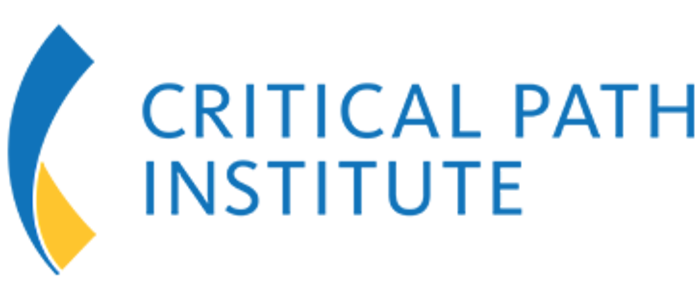Lowering the target blood sugar level for mothers with gestational diabetes did not reduce the risk of large babies, a new study finds, but it did reduce the risk of death or injury to the baby during birth. Caroline Crowther of the University of Auckland, New Zealand, and colleagues report these findings on September 8th in the open-access journal PLOS Medicine.

Credit: Nathan Dumlao, Unsplash (CC0, https://creativecommons.org/publicdomain/zero/1.0/)
Lowering the target blood sugar level for mothers with gestational diabetes did not reduce the risk of large babies, a new study finds, but it did reduce the risk of death or injury to the baby during birth. Caroline Crowther of the University of Auckland, New Zealand, and colleagues report these findings on September 8th in the open-access journal PLOS Medicine.
Gestational diabetes is a significant and growing health problem worldwide, which often causes the birth of especially large babies who face a high risk of obesity and type 2 diabetes later in life. Women can change their diets and take medication to control their blood sugar, but currently, it is unknown how tightly those levels should be controlled to minimize the risks to the mother and baby.
To determine if stricter control is better, researchers conducted a study of 1,100 pregnant women with gestational diabetes seen at 10 hospitals in New Zealand. During the study, each hospital switched from higher to lower blood sugar targets, and outcomes for women and babies in each group were compared. While tighter blood sugar control did not lead to babies being larger than expected, it did reduce the risk of infant death, trauma, and shoulder dystocia during birth by half. However, tighter control almost doubled the risk of serious health outcomes for the mother, such as a major postpartum hemorrhage, among other complications.
The new results can help doctors decide what blood sugar level individual patients should strive for while managing their gestational diabetes. The study is the largest randomized comparison of two blood sugar level targets reported to date in a diverse population. However, the researchers point out that there is still a need to confirm their findings through additional randomized trials and in different healthcare settings.
Crowther adds, “This unique trial allowed for the sequential implementation of the newly, recommended tighter treatment targets for women with gestational diabetes and assessed if there are true benefits, without harm, to use of tighter treatment targets.”
#####
In your coverage, please use this URL to provide access to the freely available paper in PLOS Medicine:
http://journals.plos.org/plosmedicine/article?id=10.1371/journal.pmed.1004087
Citation: Crowther CA, Samuel D, Hughes R, Tran T, Brown J, Alsweiler JM, et al. (2022) Tighter or less tight glycaemic targets for women with gestational diabetes mellitus for reducing maternal and perinatal morbidity: A stepped-wedge, cluster-randomised trial. PLoS Med 19(9): e1004087. https://doi.org/10.1371/journal.pmed.1004087
Author Countries: New Zealand and Australia
Funding: The trial was funded by the Health Research Council of New Zealand (Grant Number 14/499; CC, RH, JB, JA). The funders had no role in study design, data collection and analysis, decision to publish or preparation of the manuscript.
Journal
PLoS Medicine
DOI
10.1371/journal.pmed.1004087
Method of Research
Randomized controlled/clinical trial
Subject of Research
People
COI Statement
Competing interests: The authors have declared that no competing interests exist.





